A killer whale attack is fairly rare – but not impossible.
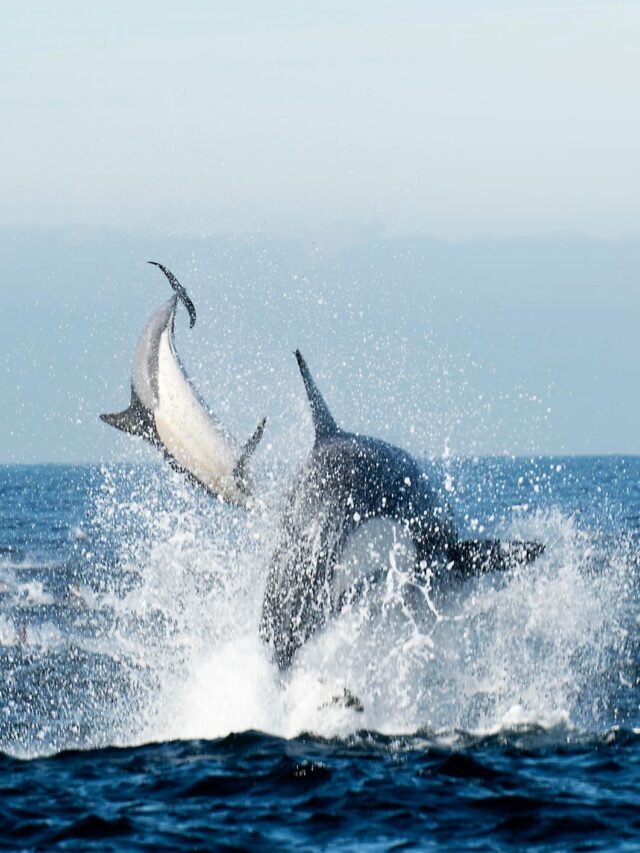
The ocean, often a symbol of beauty and serenity, also has a much scarier side as demonstrated by a recent encounter caught on video – an attempted attack by a killer whale. It’s a stark reminder that we should stay humble in the face of the ocean and its inhabitants.
This heart-racing incident underscores the raw power of nature and highlights the unpredictable potential dangers faced by seafarers worldwide. While interactions between humans and orcas typically remain peaceful, this alarming incident underscores the rare, yet possible, confrontations that can occur.
In this article, we’ll outline the strength of the killer whale, or orca, its behavior, hunting techniques, and the reasons for altercations between humans and killer whales.
Key Points
- Killer whales, or orcas, are formidable predators that can pose a threat to humans in rare circumstances, with their considerable strength, size, and sharp teeth that are capable of causing serious harm.
- Orcas have impressive speed, reaching up to 34.5 miles per hour, and can weigh up to 6 tons.
- Most killer whale attacks involve captive orcas in entertainment parks, but attacks in the wild can also occur.
- A recorded incident shows a killer whale attacking a small boat on an icy ocean, demonstrating the additional risk of hypothermia if passengers were to fall into freezing water.
- Killer whales employ effective hunting strategies, such as cooperation within their pods, using techniques like “wave washing” and their size and speed to overpower their prey.
Start from the beginning or jump ahead to the video below:
Getting to Know the Killer Whale
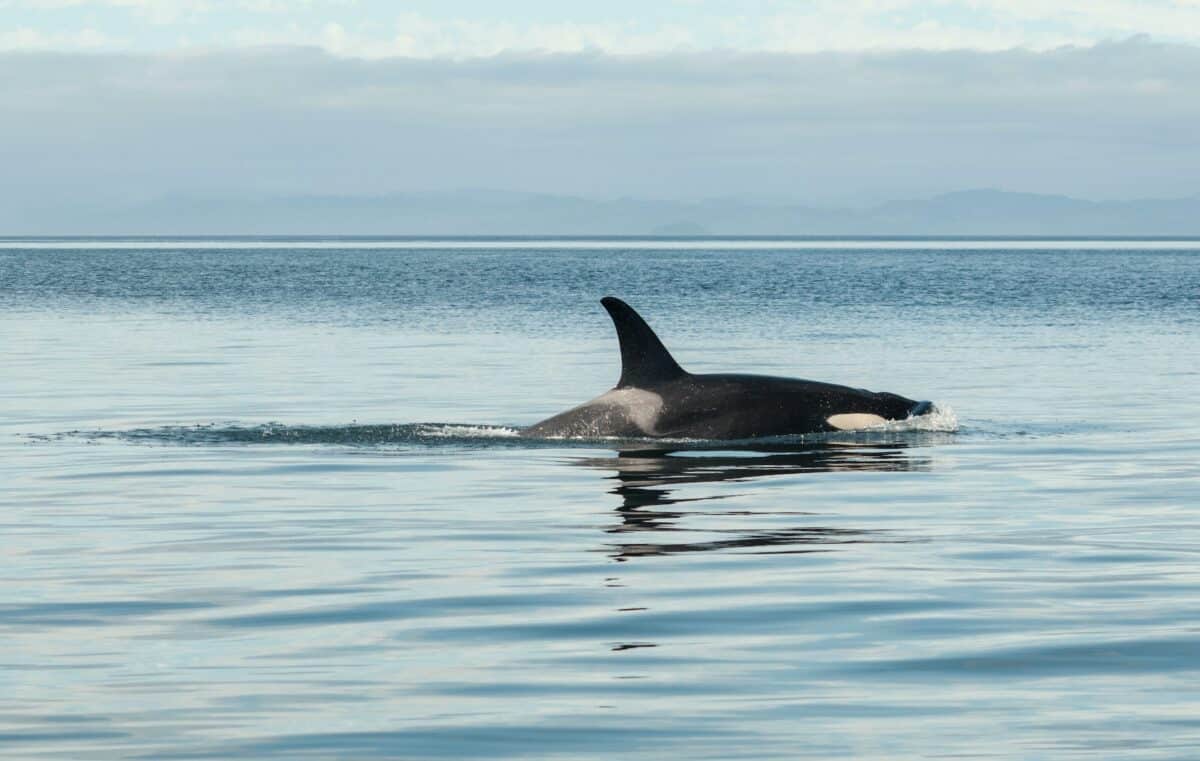
| Trait | |
|---|---|
| Length | Up to 32 feet |
| Weight | Up to 12,000 pounds (6 tons) |
| Diet | Fish, seals, squid, and even other whales |
| Habitat | Oceanic regions worldwide |
| Geographic Range | Found in oceans all over the world |
| Speed | Up to 34.5 miles per hour |
| Hunting Techniques | Pod cooperation, wave washing, corralling |
| Conservation Status | Least Concern (as per IUCN Red List) |
Learn more about an adorable Orca calf called Frosty.
The Potential Dangers of a Killer Whale Attack
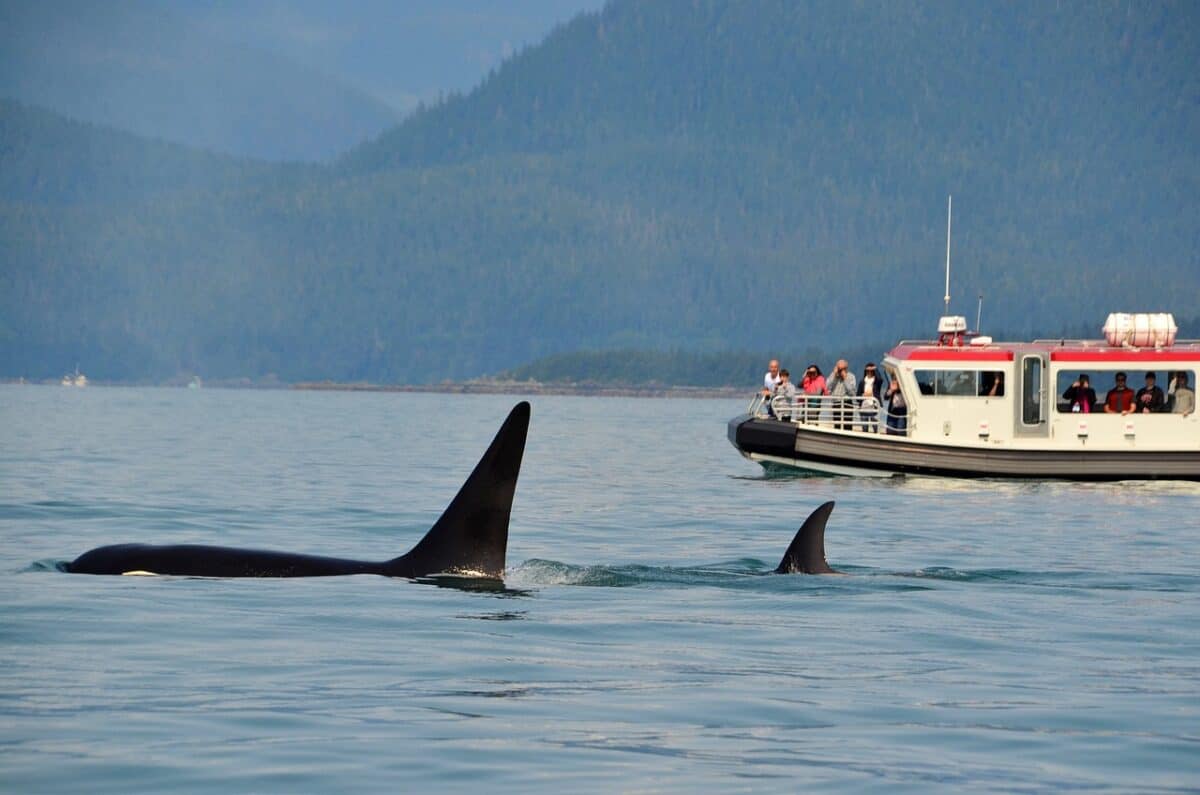
Killer whales, also known as orcas, are one of the ocean’s most powerful predators. Despite their majestic appearance and intelligence, they can pose a threat to humans in rare circumstances.
When an orca decides to attack, its strength and size become truly terrifying. Adult killer whales can reach lengths of up to 32 feet and weigh as much as six tons. Their large, sharp teeth are capable of tearing through tough material, a frightening thought for anyone nearby.
In an attack, an orca can capsize a small boat with a swipe of its tail. If a person ends up in the water, they could face a dangerous situation. While killer whales do not typically view humans as food, they are known to play with their prey, which can lead to serious injury or even death.
Adding to the danger is the killer whale’s speed. They can swim up to 34.5 miles per hour, making it nearly impossible for a human to outswim an orca. A person in the water would find it extremely difficult to escape.
Reasons and Rates of Killer Whale Attacks
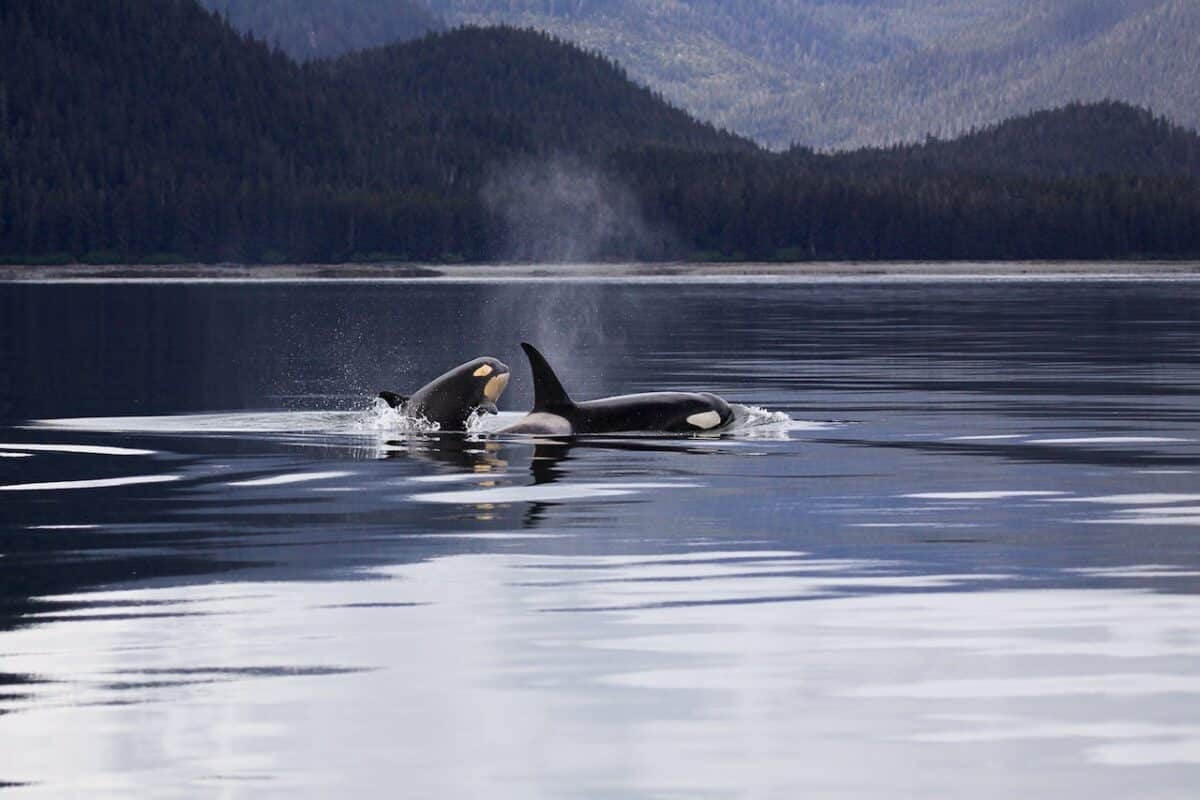
It’s important to understand that wild orcas rarely attack humans. Most reported cases of killer whale attacks involve captive orcas in entertainment parks, where stress, frustration, and poor living conditions can contribute to aggressive behavior.
In the wild, orcas are curious and may approach boats to investigate. This behavior can sometimes be mistaken for aggression. However, if humans act irresponsibly, such as by getting too close, feeding, or attempting to touch the orcas, it can lead to accidents or perceived threats, which may provoke defensive actions from the whales.
In some rare cases, orcas may mistake humans for prey. This is more likely when humans are participating in water activities like swimming or surfing, where their movements might resemble those of seals or other prey animals.
Despite these potential risks, it’s crucial to emphasize that human-orca encounters resulting in harm are exceedingly rare. Most interactions are peaceful, and maintaining respectful distances and behaviors can help ensure the safety of both humans and orcas.
The Incident
In the video, a small boat sails on an icy ocean. From afar, they can see a killer whale approaching, which then suddenly breaches through the water, attacking their boat. The boat rocks wildly and nearly capsizes. It’s a heart-stopping moment, and the viewer can’t help but imagine the cold, icy danger beneath the surface.
The boat somehow stays upright. As it steadies, the passengers realize that the whale isn’t done. It plunges back into the depths, then reappears, chasing the boat. This ensuing chase illustrates one of the killer whale’s most impressive skills – its incredible speed.
The icy water adds a terrifying layer to the danger. If the boat capsizes, the passengers will fall into freezing water, which can cause hypothermia in minutes. This isn’t just a video of a boat being chased by a whale – it’s a stark reminder of the dangers of the sea.
Also read: a friendly encounter with a whale.
Hunting Techniques of Killer Whales
These huge marine mammals are among the most effective hunters in the animal kingdom. They are well adapted to their ocean environments, and they use several impressive techniques to catch their prey.
One of the things that make orcas such successful hunters is their size and speed. As previously stated, they can grow up to 32 feet long and swim at speeds up to 34.5 miles per hour. This combination of size and speed allows them to chase down and overpower many types of prey – and is also what makes them potentially dangerous animals.
Another key aspect of their hunting strategy is teamwork. Orcas often hunt in groups known as pods, and they work together to catch their food. They are known for their coordinated attacks, where they surround and herd their prey, making it harder for the prey to escape.
Orcas have also developed unique behaviors to capture certain prey. For instance, they are known to use a technique called “wave washing” to knock seals off ice floes. They create a wave by swimming together in a line towards the ice, causing the seal to slide into the water and become an easy catch.
When it comes to their diet, killer whales are not picky eaters. They are known to eat a variety of marine animals, including fish, seals, and even other whales. The diet of a killer whale depends largely on its location and the type of food that is available.
FAQs About Killer Whales
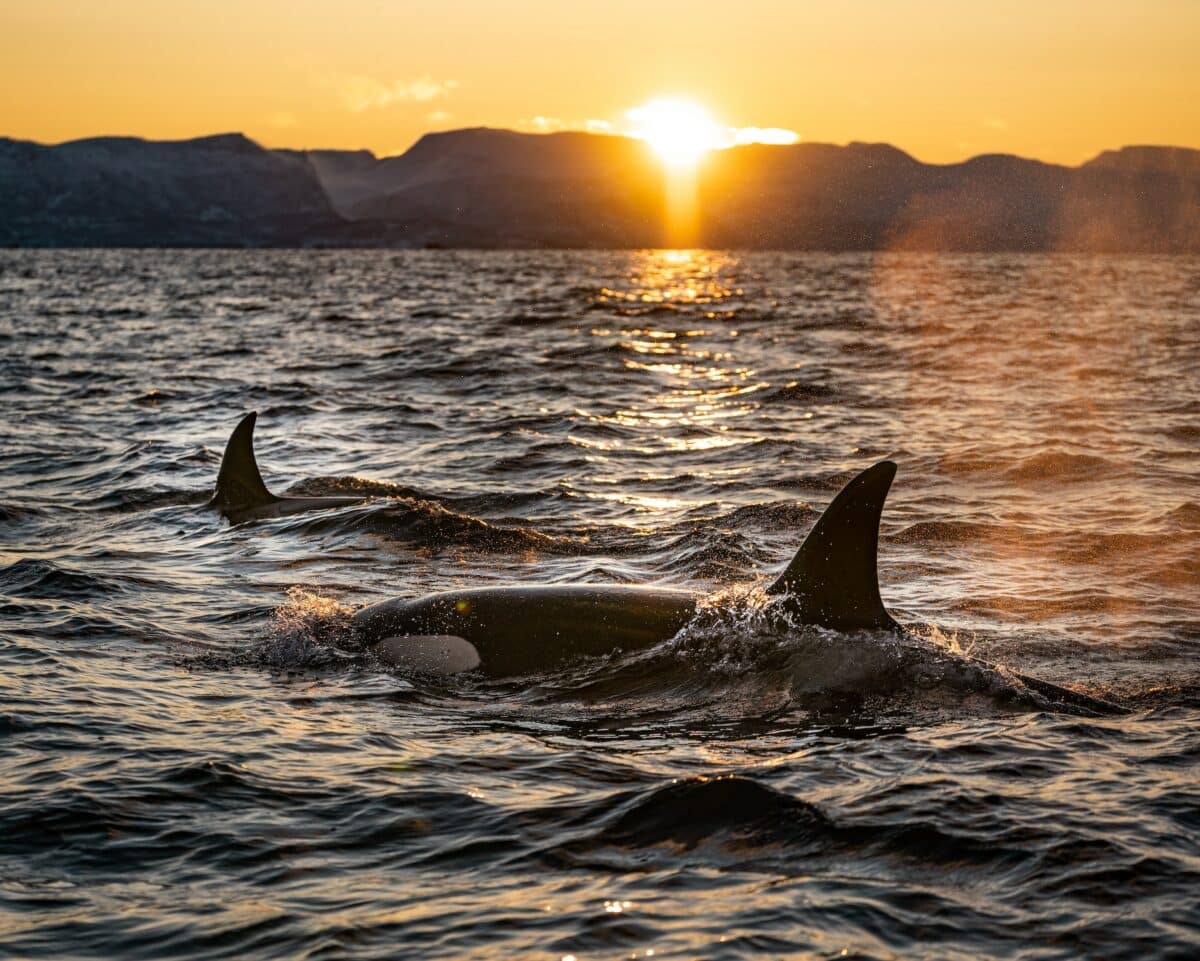
Killer whales, or Orcinus orca, are known as “killer” whales because of their predatory behavior and hunting prowess.
The name “killer whale” comes from a translation of their original name in Spanish, “asesina ballenas,” which means “whale killer.” This name was given by ancient sailors who observed them hunting and killing other larger species of whales in coordinated groups or pods.
Killer whales in the wild are generally not aggressive towards humans and attacks are extremely rare. Most reported aggressive incidents involve captive orcas, often due to stress or poor living conditions.
Killer whales, also known as orcas, are apex predators that occupy the highest level of the food chain and face no threats from other predators. However, very young or weak orcas could potentially fall prey to large sharks. It’s also important to note that humans pose significant threats to orcas through pollution, overfishing, and habitat disturbance.
Killer Whale Attack: Wrapping Up
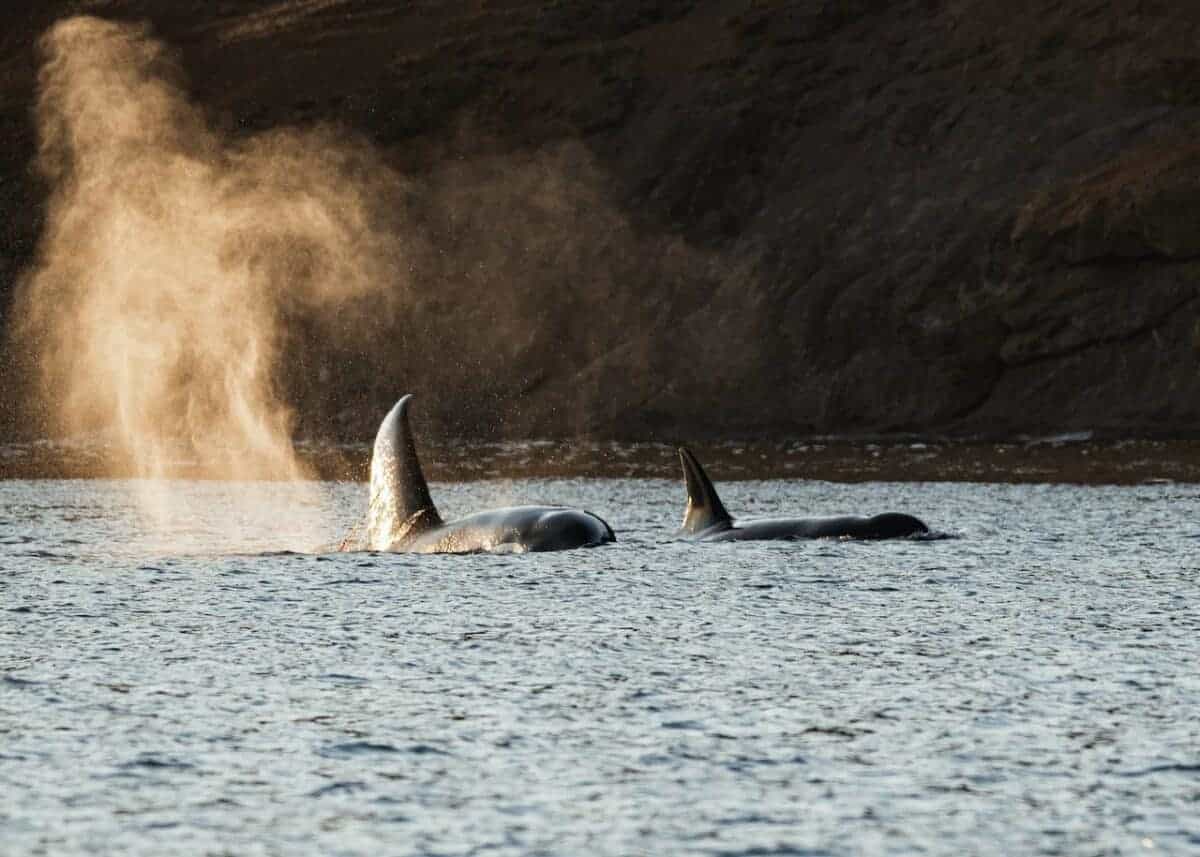
In conclusion, killer whales, or orcas, exemplify the raw power and intelligence of nature. As apex predators, they command respect in the animal kingdom with their hunting prowess, size, and speed.
However, even these mighty creatures are vulnerable at young ages or in weakened states, with the potential threat from large sharks. More significantly, human activities pose a substantial risk to orcas’ survival, through pollution, overfishing, and habitat disturbance.
The survival of these magnificent creatures depends on our collective actions and stewardship of the marine environment. It is our responsibility to mitigate our impacts, ensuring these remarkable animals continue to thrive. Understanding and acknowledging the inherent worth of killer whales, and all marine life, underscores the importance of our oceans’ health to the entire planet.
Thank you for reading this article! Uncover more thrilling nature news and read about a lion pride feasting on a king crocodile, the marine apocalypse on California’s coast, or a horrifying canine incident in central park and Rare Sighting: Cape Fur Seal Eats Thresher Shark in Cape Town.
Join our Forum for free today!



